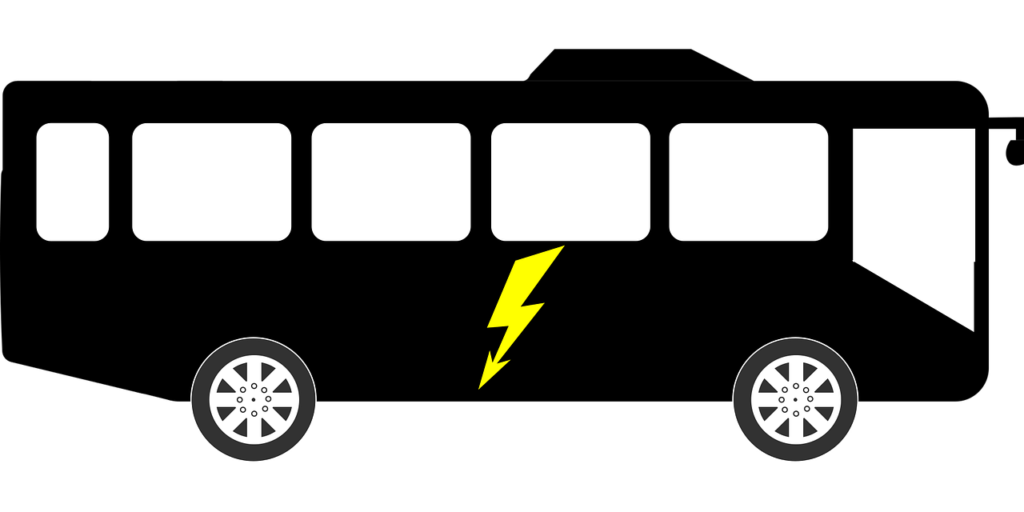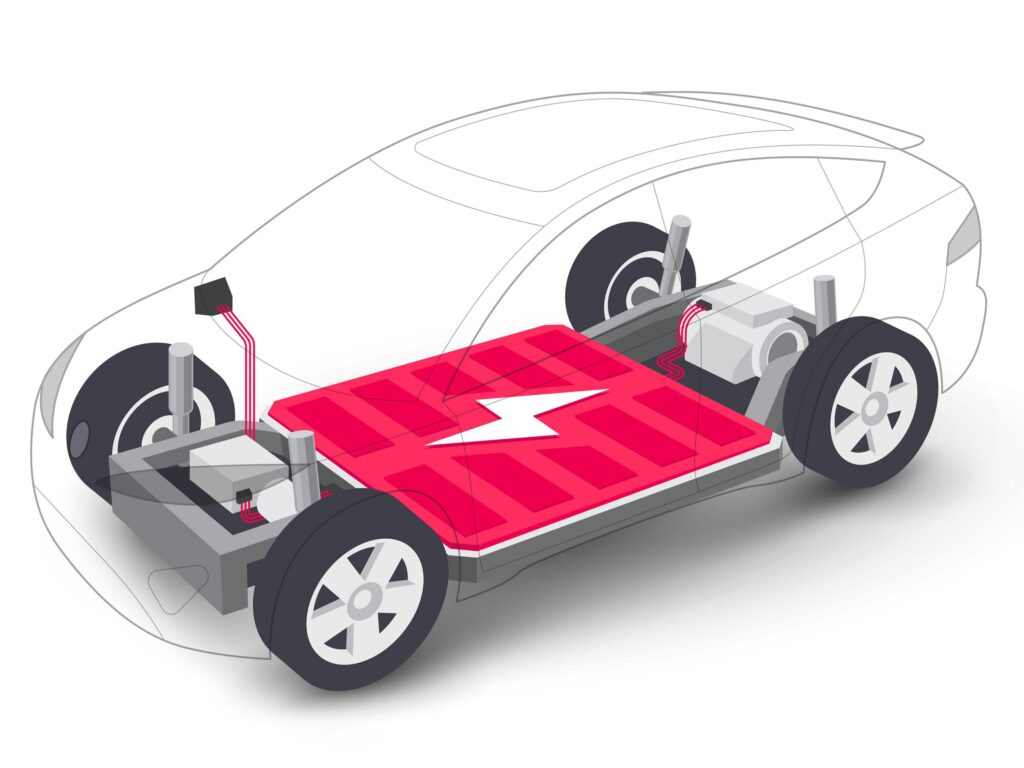Wireless Charging System For Electric Vehicles: We are moving towards modernization and the world is facing multiple problems such as an increase in air pollution, degrading air quality, an increase in oil prices, and many more.
Our scientists, researchers, and government decided to electrify the public transportation system along with private vehicles in order to achieve net zero emissions. Electric mobility will reduce the emission of harmful gases and pollution which is caused by fossil fuel vehicles.
Talking about electric vehicles, they are much more convenient in many respect as compared to internal combustion engine vehicles. We know that every coin has two sides. So is the case with electric vehicles. Although it has numerous benefits as discussed above, then it also comes with a few negative aspects.
Some issues related to electric vehicles are related to their range and charging process. In a way, we can say that both are interconnected. Due to these two reasons, the adoption of electric vehicles is still low.
The Present Condition
With the increase in the number of electric vehicles among common people, manufacturers, and the government are installing public charging stations at regular intervals. But compared to the number of people and electric vehicles, this is very low.

Change in The Existing Systems
We know that new chargers have come up which have reduced the charging time. But still, the charging process is a complex and time taking activity. People need to wait for long hours in order to get their vehicles charged. Once they reach the charging spot, they need another 6 to 7 hours to get their vehicles fully charged.
For all these reasons and problems, the manufacturers have come up with a new solution and that is a wireless charging system for electric vehicles.
Wireless Charging System For Electric Vehicles
In simple terms, wireless charging can be also referred to as wireless power transfer. It is basically a process of charging any battery-powered device such as an electric vehicle without connecting any wire or charger physically.
In the case of electric vehicles, now, people will not have to wait any longer at the charging stations in order to get their turn. Now, they can just park their vehicles at the charging spot and get their vehicles charged using the wireless charging system.
Here, all the power or charge is transferred to the battery of the vehicle using a wireless transmission in which power is transferred directly from the source to the battery of the vehicle.
Principle of Wireless Charging System For Electric Vehicles
The basic principle of wireless charging is the same as that of the working principle of a transformer. Here, the transmitter and receiver are used in which 220 volt 50 hertz AC supply is converted into a high frequency alternating current. This high-frequency current is supplied to the transmitter coil which creates an alternating magnetic field.
This field cuts the receiver coil and produces AC power output in the receiver coil. The most important thing here is to maintain the resonance frequency between the receiver and the transmitter. In order to do so, compensation networks are used at both ends. In the end, the alternating power is rectified to DC and is sent to the battery through the battery management system.
Types of Wireless Charging System For Electric Vehicles
On the basis of application, we can distinguish the wireless charging system for electric vehicles into two categories which are-
- Static Wireless Charging
- Dynamic Wireless Charging
- Static Wireless Charging
In this type of charging, the vehicle gets charged while it is static or at rest. In simple words, we can say that we can simply park our electric vehicle at a designated parking spot which may be in the open or in a garage that has a pre-installed wireless charging system. The transmitter of this charger is fitted under the ground and the receiver is arranged under the vehicle. In order to charge a vehicle in this system, we need to align the transmitter along with the receiver.
Once we do so the charging starts. The charging time depends on the power level of the current. The charging time also depends on the distance between the transmitter and the receiver and their pad sizes. This type of charging system is usually set up in a place where parking spaces are available and the cars or vehicles are parked for a few hours or more.
- Dynamic Wireless Charging
In dynamic wireless charging, the vehicle can get charged while it is in motion. In this type of charging system, the power is transferred over the air from a transmitter which is stationary and the receiver is installed in the moving vehicle. The traveling range can be improved using this type of system where the battery gets continuous charging.
With the invention of this type of charging system, the need for a larger energy storage system is no longer needed due to which the weight of the vehicle can be reduced considerably.
Types of Wireless Charging Systems Based On Operating Techniques
Based on the operating techniques, wireless charging systems can be classified into four types-
- Capacitive Wireless Charging System
- Permanent Magnetic Gear Wireless Charging System
- Inductive Wireless Charging System
- The Resonant Inductive Wireless Charging System

Conclusion
So, at last, we have discussed a lot about Wireless Charging System For Electric Vehicles. With the advancements in technology, manufacturers of electric vehicles have come up with wireless charging systems. This can be used in parking as well as while in motion. Now, customers do not have to wait in long queues due to the unavailability of chargers at charging stations.
Now, electric vehicles can be charged while we are driving from one place to another which means that the load-carrying capacity of vehicles can be increased, decreasing the weight and size of the battery.
We hope that more such technologies come up in the future which will change the whole transportation sector of India.

